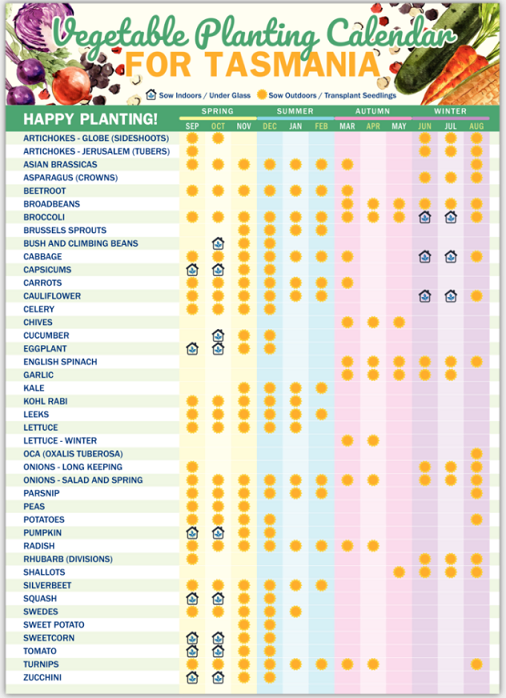
THERE’S not much point growing a big crop of pumpkins if the varieties selected are poor keepers with insipid flavours.
The most useless of all pumpkin space-wasters are those massive, watery giants grown for competitions.
They may grow to an enormous size, but the flesh is so saturated with water, even to lean on them is risky.
Skins are so weak there’s always a danger of disappearing into a yellowish slop.
With luck, future pumpkin competitions will be for varieties that store longest and taste best.
There are plenty of varieties available and they come in all sizes, skin colours and flesh densities.
Best of all for me are those that crop heavily, produce medium-size pumpkins, keep for a long time without refrigeration and taste great.
You may have already gathered, I’m about to boast.
Last week I cooked an absolute winner — a variety I’ve never grown before called “Spookie’’.
What an incredible keeper! What marvellous, deliciously sweet flavour!
Believe it or not I harvested this crop of “Spookies” in April 2013.
The last of these amazing pumpkins have been sitting just inside our back door for over 18 months and all kept in perfect condition.
They are not very big — most about half the size of a soccer ball. This is good because there’s little waste. Average weight is around three kilos.
The deep-yellow skins set rock hard, which explains why they keep so well and the sweet, aromatic, bright-orange flesh is thick, dense and smooth. They are perfect for making into soups, roasting, pumpkin pies and chutneys and are particularly tasty when chucked onto a barbecue among sizzling onions.
I’ve cut mine into chunks and slowly roasted them with a little olive oil, a sprinkling of thyme and a scattering of salt and pepper.
Other excellent long keepers with a good flavour include “Sweet Grey”, “Queensland Blue”, “Hubbard’s Golden” and “Jarrahdale”.
However, all grow to a size too large for a single meal and once cut open turn mouldy very quickly.
Pumpkins can be grown from seedlings and there are plenty on offer — just be sure to purchase the small, newly germinated ones.
That’s because large, floppy pumpkin seedlings resent being transplanted and tend to crop poorly afterwards.
Without doubt, the most vigorous, productive pumpkin plants are those grown from seeds sown directly out in the garden where they can remain undisturbed. And seeds are much cheaper than plants.
They are heavy, greedy feeders so dig in at least half a bag of sheep or well-rotted cow or stable manure into each of several, metre-wide circular seed beds, each about three metres apart.
The extra bulk creates low, fertile and perfectly-drained mounds.
Push the pumpkin seeds into the surface down to the first knuckle and cover. To be safe, sow several seeds in three groups spaced well apart in each mound. As they germinate, pinch out the weakest seedlings to leave just three strong plants to grow on.
Water lightly at first, then gradually increase watering as the trailers extend and leaves grow larger.
With vigorous trailing varieties, pinch out the growing tips of runners when they extend more than three metres. This encourages side-shoots and more female flowers.
The first yellow flowers are always males, most of which wither and die within 24 hours. Female flowers always lag behind. They are identified by a swelling on the stalk just behind the bloom.
Once the pumpkins begin to swell, increase watering and apply fortnightly liquid feeds of diluted fish emulsion until autumn.
Harvest when stems shrivel and leaf cover begins to open up and becomes sparse. Always leave half a metre of vine attached,
Ripen in full sun for three weeks to harden skins before storage. The longer they can be stored, the sweeter they taste.
first published October 21, 2014 -The Weekly Times
-----------------------------------------------------------------------
Check out our Tasmanian Planting Calendar Fridge Magnet – A5 size only

A year-round guide for when to plant your veggies in Tasmania. Never lose your planting guide again with a convenient fridge magnet for secure attachment to any metal surface. This growing guide has been tried and tested by some of the best Gardener’s in Tasmania, and is specifically adapted to the Tasmanian climate.
Excellent Gift for any Tasmanian you know with green thumbs and who likes Peter Cundall as much as i do!
Make sure you follow the calendar and you will have a successful year of growing vegetables in Tasmania.
Price includes FREE SHIPPING Australia wide. BUY HERE